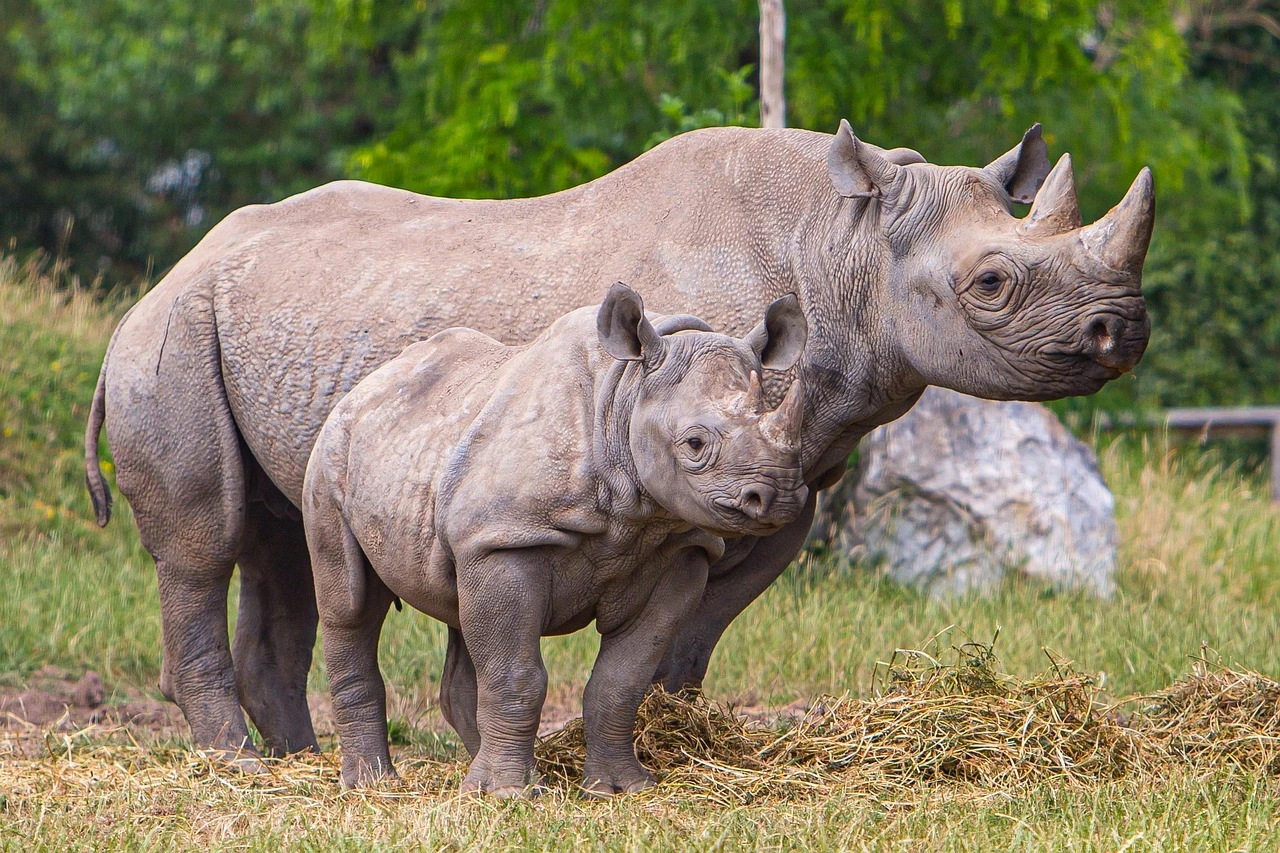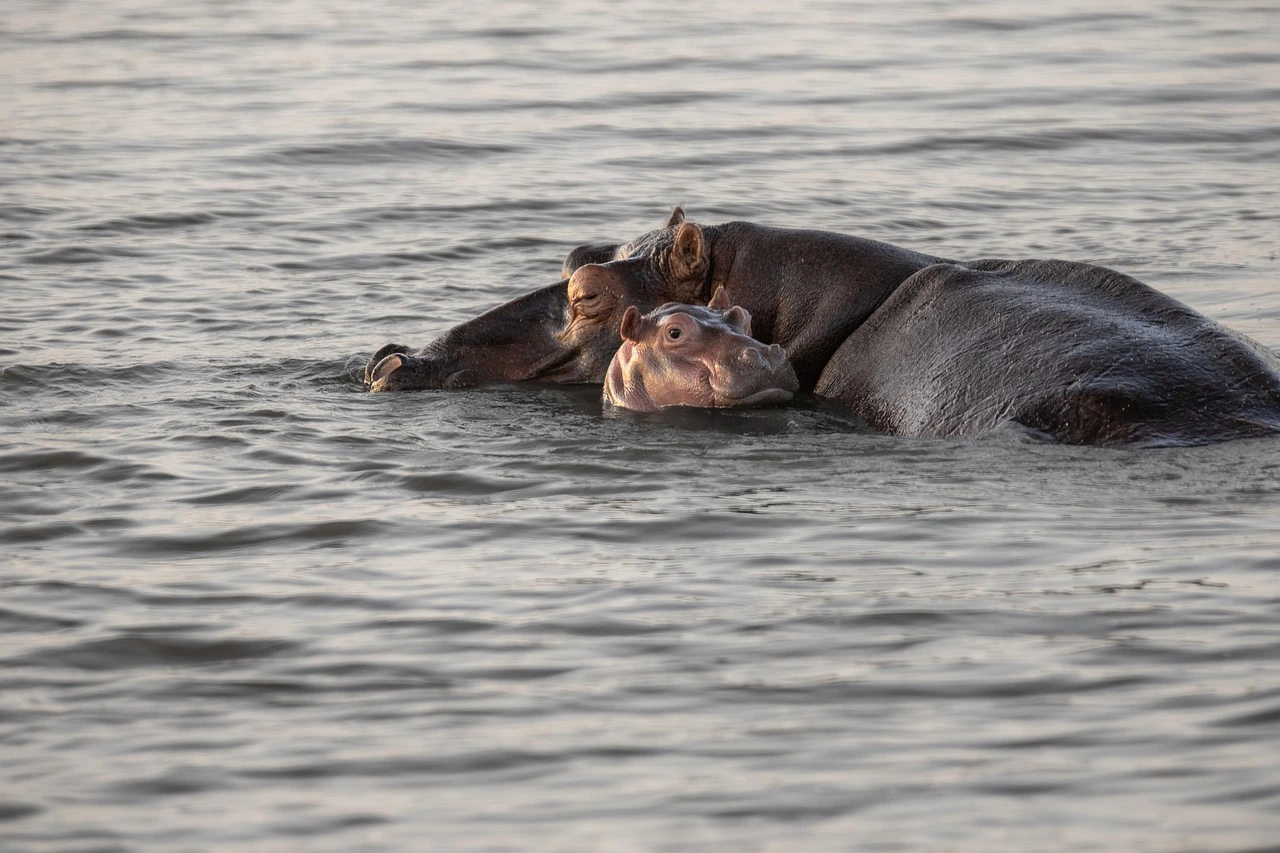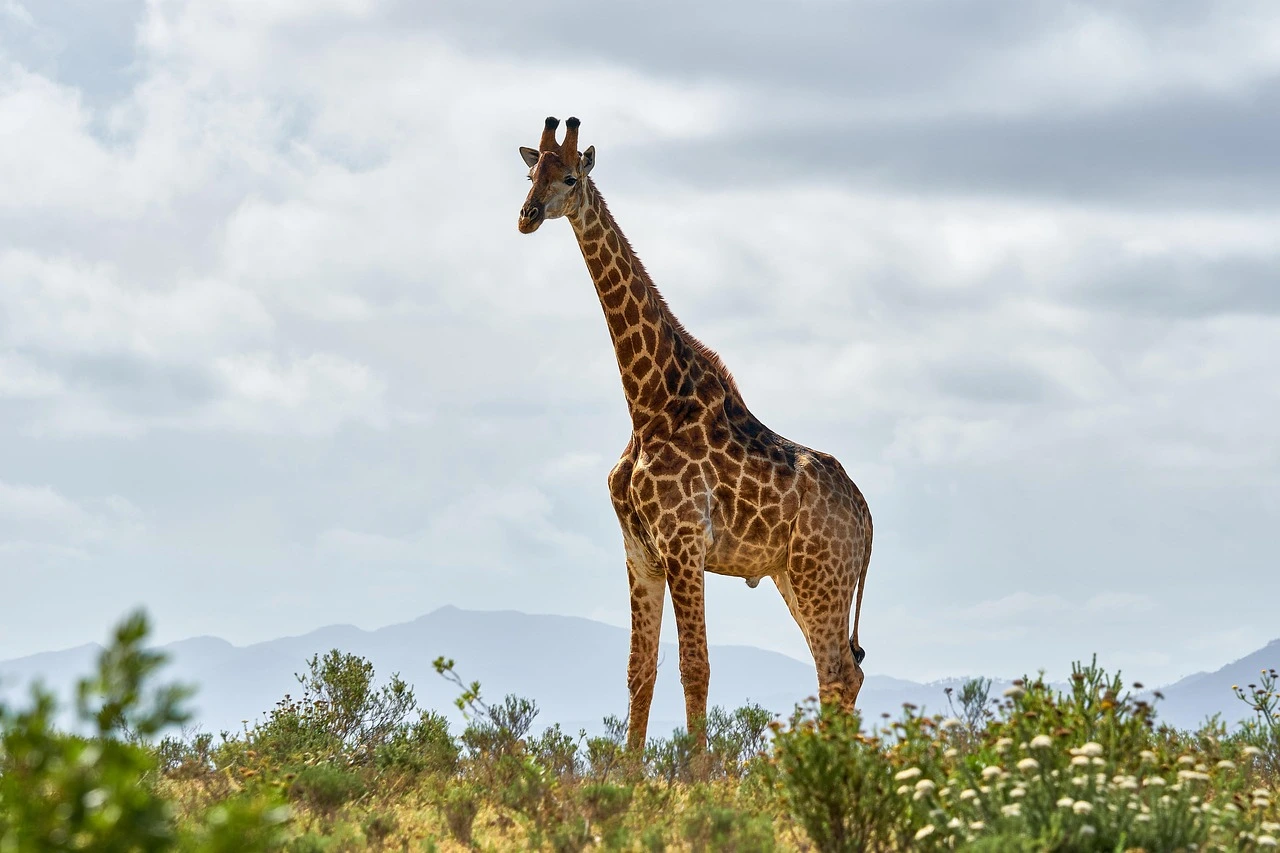Nairobi National Park, Kenya: A Kenyan Safari in the City
Nairobi National Park, a real gem right on the capital’s doorstep, is a chance to experience a Kenyan safari just outside the city. This rare urban national park allows you to see a wide range of Kenya safari animals against the backdrop of the city. Whether you’re looking for a quick Nairobi National Park day trip or a longer stay, this guide will help you make the most of your time in this amazing park.

Why Nairobi National Park is a Must Visit
Many ask us why they should visit Nairobi National Park, Kenya, below are some of the reasons.
- Just a Stone’s Throw from the City: Its proximity to Nairobi makes it easily accessible for international tourists and local residents who want to get into nature fast. We pick guests from the airport or Nairobi hotel when they book our Nairobi Park safari packages.
- Surprisingly Diverse: Despite its size, the park has a good population of wildlife including lions, leopards, cheetahs, hyenas, buffaloes, giraffes, zebras and a rhino sanctuary Nairobi National Park plays a critical role in black rhino conservation.
- A Birder’s Paradise: For those who love birds, the park is a destination, with over 400 recorded bird species, making birdwatching in Kenya a real treat within its boundaries.
- Committed to Conservation: The park is a key player in wildlife conservation especially for the critically endangered black rhinoceros, giving them a safe haven to thrive.
Planning Your Nairobi National Park Trip
To have a smooth and memorable visit to Nairobi National Park consider the following:
- Entry Fees: Nairobi National Park entry fees vary depending on your residency and age. For example in 2025, non-resident adults is USD 43 and child is USD 22. Please check the official website of the Kenya National Parks Service for the latest and accurate pricing.
- Getting There: Nairobi National Park is about 10 kilometers (6 miles) south of Nairobi’s city center, you can get there by private vehicle or through organized Nairobi National Park tours.
- Best Time to Visit: The dry seasons from June to October and January to February are the best for wildlife viewing. During these periods the vegetation is less and animals congregate around water sources. However the park offers great wildlife encounters throughout the year.
- Opening Hours: 6:00 AM to 6:00 PM daily including weekends and public holidays. Our guides recommend an early morning game drive when the animals are most active.

Nairobi National Park: Activities
The park has various activities to suit different interests and time frames. Here are some of the best we recommend for our guests to try:
Game Drives: The ultimate park experience, where you can drive through the different landscapes to see the park’s wildlife. You can opt for self-drive or a Nairobi National Park guided tour.
Nairobi Safari Walk: This elevated boardwalk offers great views of animals in semi-natural habitats. It’s an intimate and educational wildlife experience on foot.
Visit the Nairobi Animal Orphanage: Located within the park, this facility takes care of injured, orphaned and rescued animals. A great experience for families and those interested in conservation.
Ivory Burning Site: A historic landmark that serves as a reminder of Kenya’s commitment to combating the ivory trade and protecting elephants.
Picnics: Designated picnic areas in the park offer beautiful spots to have a meal in the middle of the African bush.
Photography: The park’s scenery and wildlife is a photographer’s paradise.
Wildlife
During your visit, keep an eye out for:
Mammals: Lions, leopards, cheetahs, buffaloes, giraffes, zebras, various antelope species (eland, hartebeest and wildebeest) and baboons.
Rhinos: The park is a sanctuary for both black and white rhinos.
Birds: A wide range of bird species, from ostriches and vultures to eagles and small colorful birds. Depending on the season you might also see migratory species.

Accommodation and Nearby Stays
Lodging within Nairobi National Park is limited but there are many great hotels near Nairobi National Park that offer convenience and comfort. For a real safari experience stay at Nairobi Tented Camp or Ololo Safari Lodge & Farm which are inside the park and offer a true safari feel.
The Bigger Picture
Nairobi National Park, Kenya is part of the larger Athi-Kapiti ecosystem. The Kitengela plains to the south are a crucial dispersal area for wildlife, so you can see how the whole region is connected. Understanding this bigger picture makes you appreciate the park’s importance in conservation. For more on dispersal areas read resources from the Wildlife Foundation.
Exploring the Nairobi National Park attractions is a big contrast to the city that lies just beyond its borders. Whether you are a seasoned safari goer or a first time visitor to Kenya, this park is an easy and rewarding way to experience African wildlife. Book your trip today and see the unique coexistence of nature and city. For more information on planning your trip to Kenya visit the Kenya Tourism Board website.
